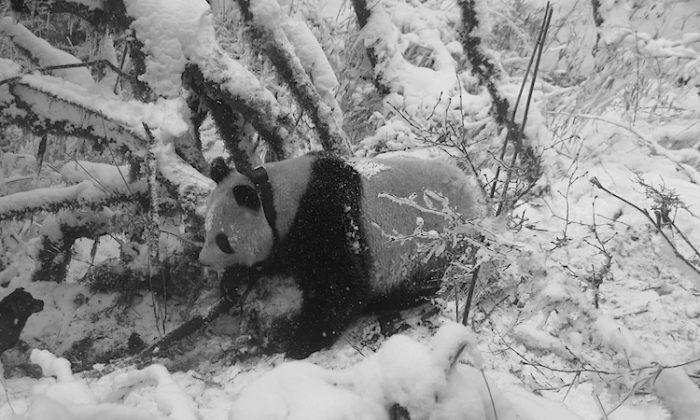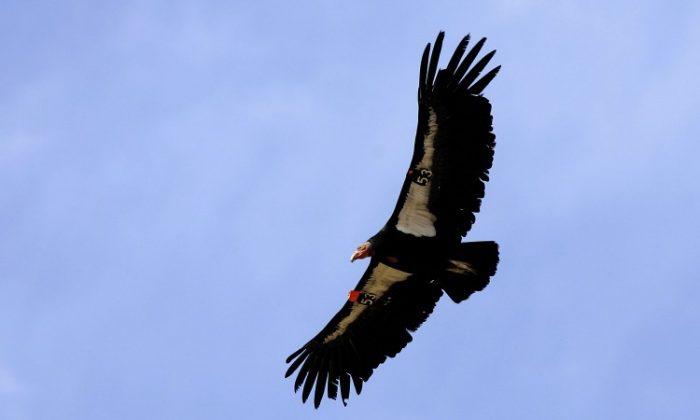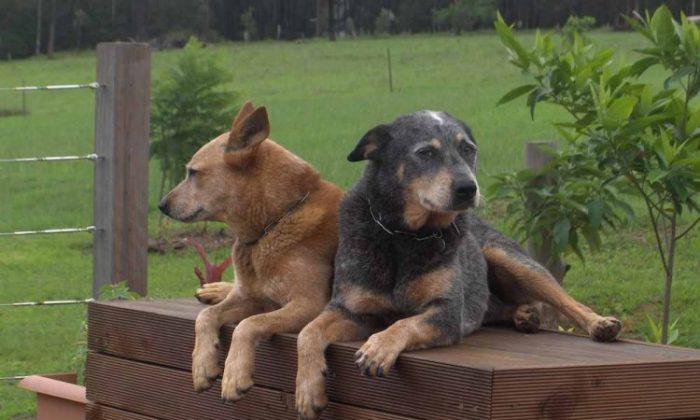Are modern conservation strategies to protect the giant panda effective? Yes ... and no, according to a study in the Oct. 28 online edition of Biological Conservation.
As unperturbed wildlife habitats continue to dwindle worldwide, conservationists and policymakers have turned to zoning ordinances to balance wildlife needs and human growth demands.
Instead of completely prohibiting human activity in protected areas, policy has shifted toward dividing such designated reserves into three zones: a core zone designed to protect the natural ecosystem, an experimental zone allowing human use, and a buffer zone that transitions between the two.
Despite the trend toward this strategy, its efficacy had yet to be examined. Researchers from several American universities, the Chinese Academy of Sciences in Beijing, and the China Conservation and Research Center for the Giant Panda thus set out to evaluate the zoning design of the Wolong Nature Reserve in Sichuan, China.
“Zoning everywhere, in China and in the United States, is about drawing lines on a piece of paper,” said study lead author Vanessa Hull of Michigan State University in a press release. “But the big challenge is always how to bring those lines to life.”
“The people who live in that landscape can’t see it and there are no fences,” she continued. “We’re showing that zoning is an effective tool for controlling some human impacts but not others.”
The Wolong Nature Reserve was established over three decades ago, and supports approximately 10 percent of the world’s giant panda population, as well as over 2,200 other animal species, and about 4,000 plant species. About 5,000 locals also reside within the reserve.
“Wolong is an ideal case study for examining this issue because it is a flagship nature reserve that other protected areas across China look to as an example when shaping future policy,” the researchers wrote in their paper.
The team found that the buffer zone and even some parts of the experimental zone play important roles in preserving the giant panda’s home, but noted that human activities in those zones are not defined clearly, hence still leaving the fauna and flora somewhat vulnerable.
Moreover, the zoning ordinances are ineffective at regulating livestock grazing. The authors noted that livestock destroy bamboo and, citing a 2006 study, “have been identified as one of the most significant threats to panda habitat across their entire range.” Yet there are no policies in place to control livestock.
“The biggest limitation of zoning schemes is that they are inherently difficult to enforce on the ground when it comes to individual animal and human behaviors because it may be difficult to draw ‘lines in the sand’ where one zone begins and the another ends,” the authors concluded.
“While buffer zones can help in this regard, by serving as ‘fuzzy’ boundaries, their effectiveness is limited when there are no physical boundaries separating zones.”






